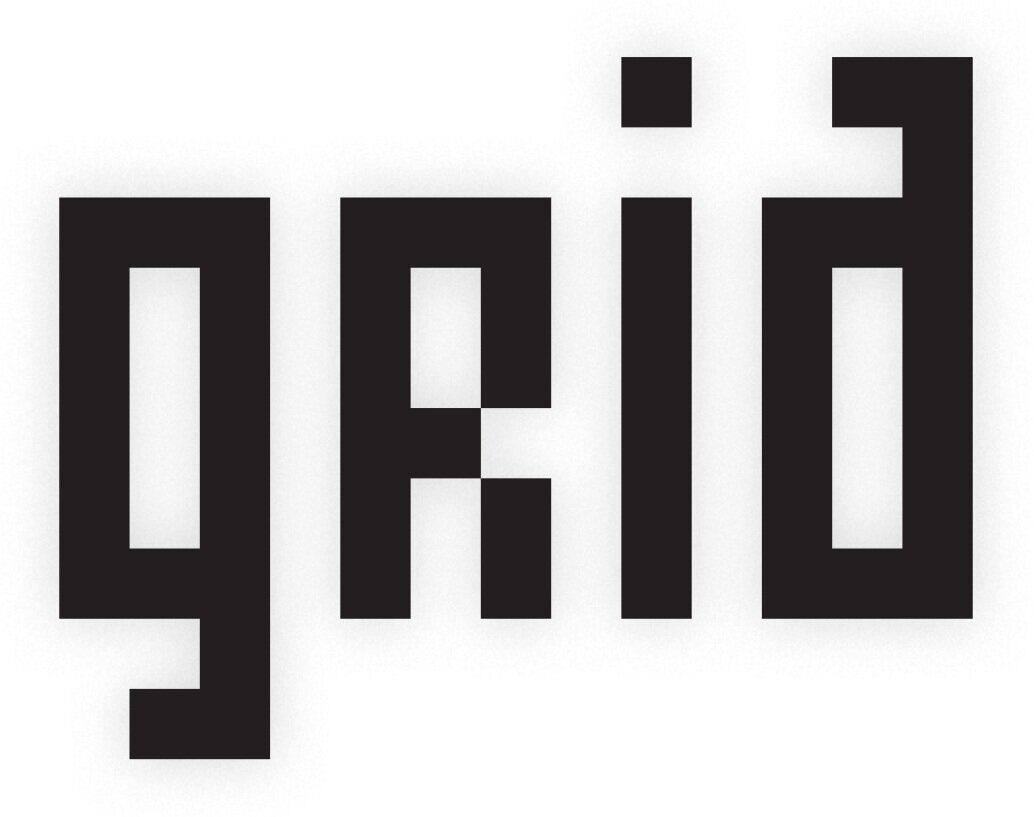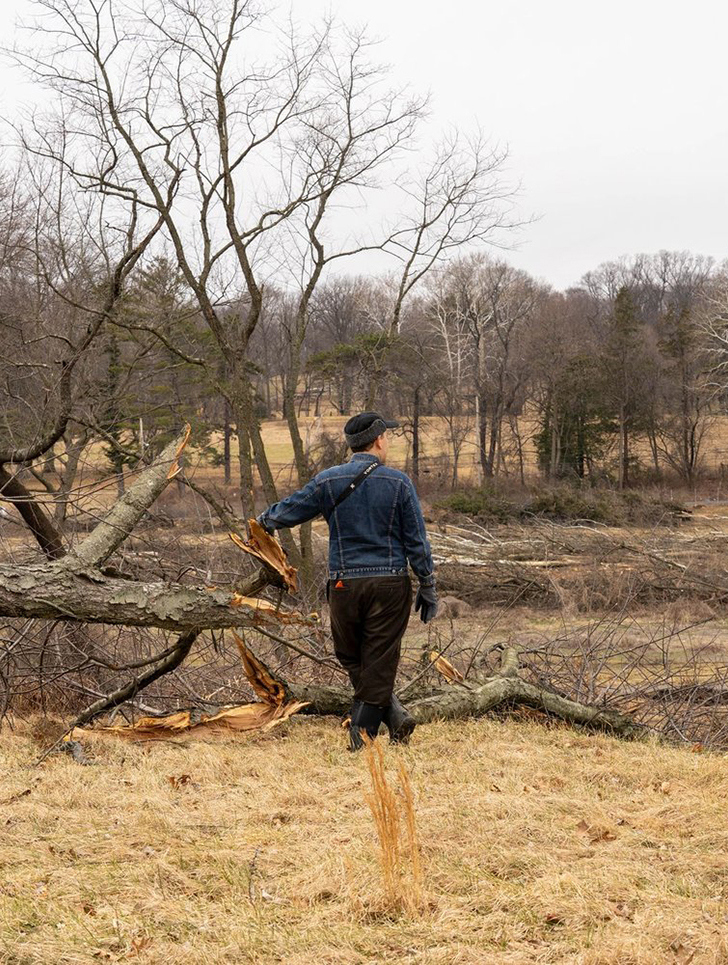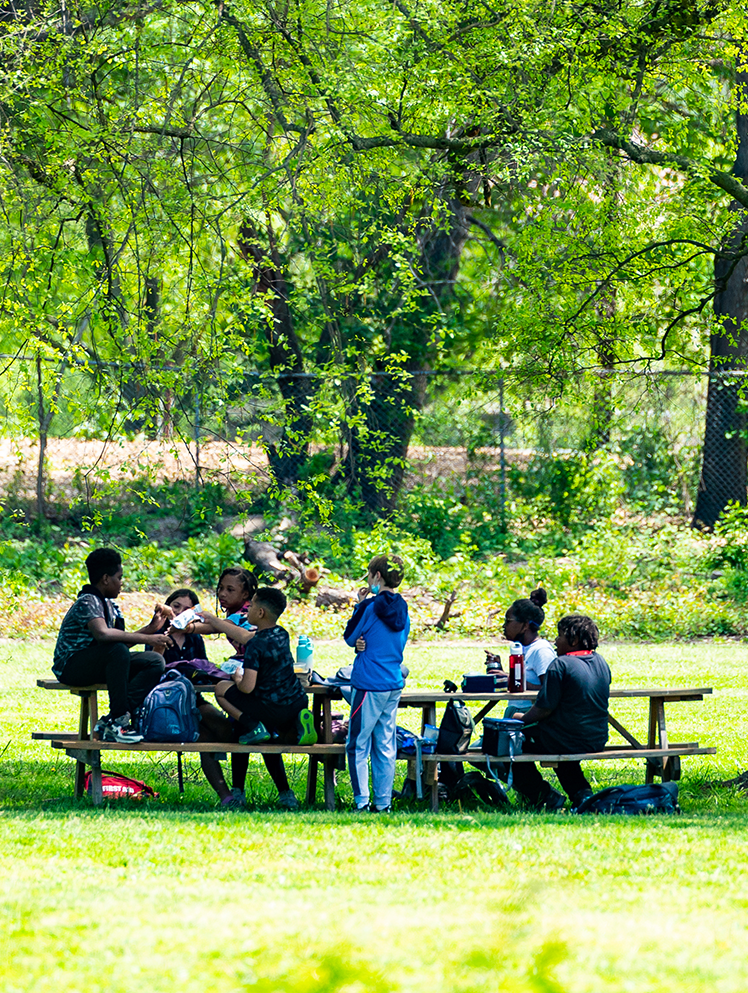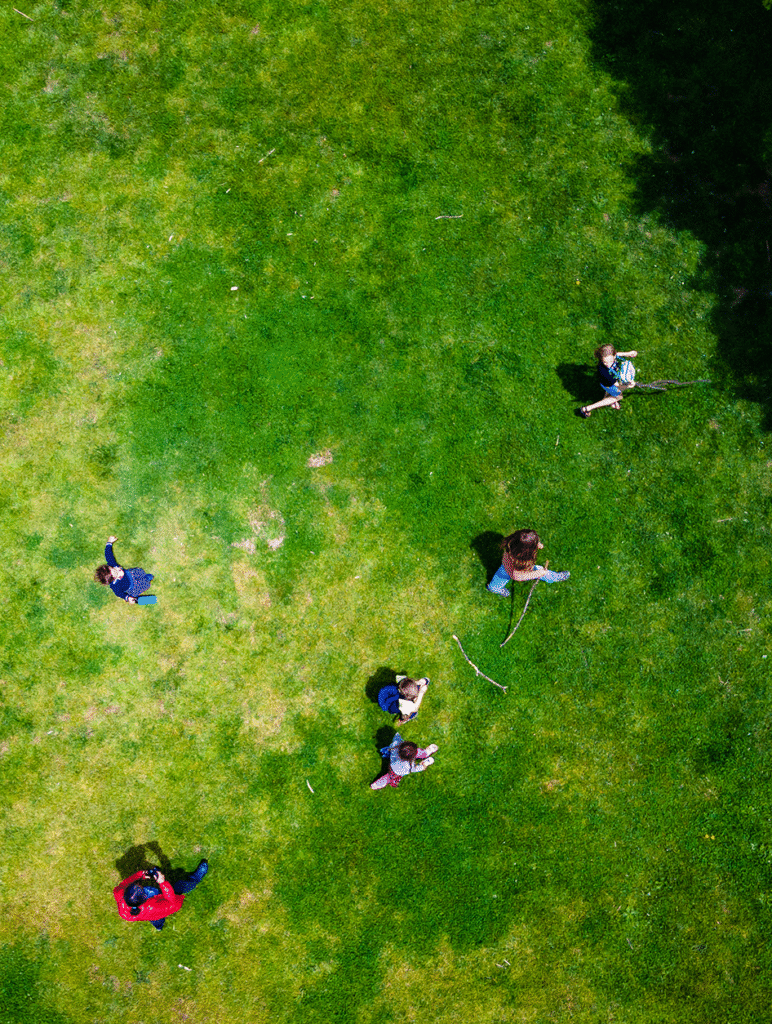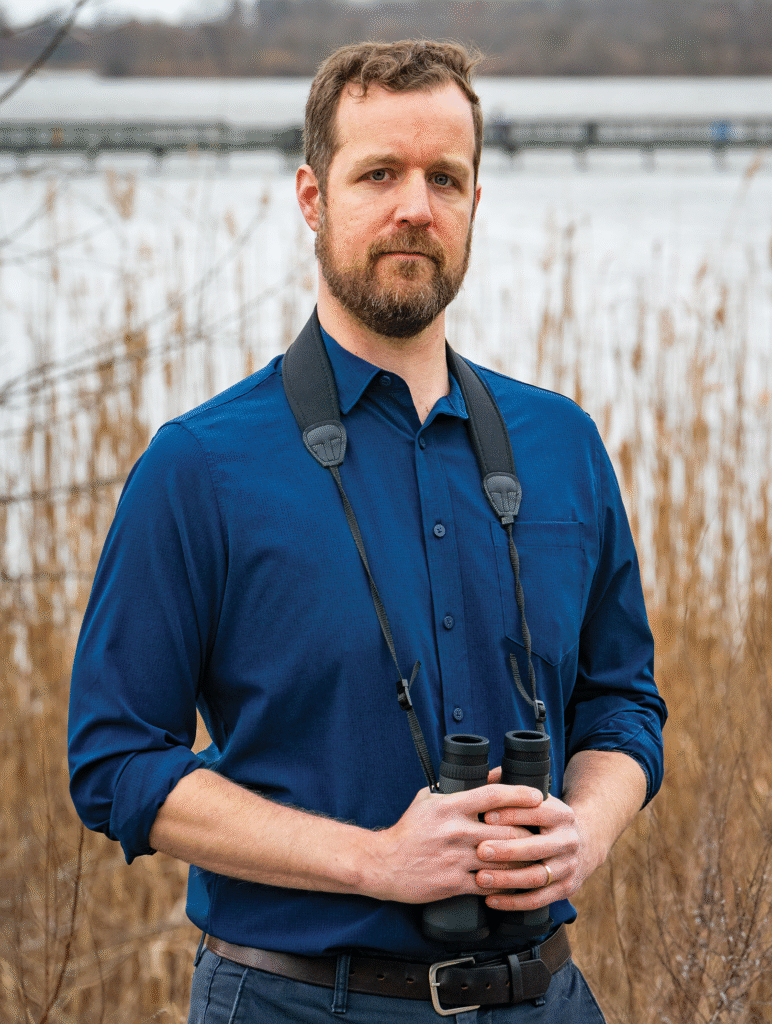Every year the Trust for Public Land releases its ParkScore ratings, and every year Philadelphians have something to be disappointed about: how little the City spends on its parks.
ParkScore ranks the 100 most populous cities in the country using a list of measures gauging the size of the park system (acreage), what the parks have to offer (amenities), how easy it is for people to get to their parks (access), how equitably park resources are distributed (equity) and how much the City government and private entities spend on the park system (investment).
In many ways, Philadelphia has a park system to be proud of. The acreage is about average but highly accessible: Philadelphians generally have a short walk to the nearest park, playground or recreation center, though the larger parks (the Wissahickon, Pennypack, FDR Park, East and West Fairmount Park) can be out of reach for residents of lower-income neighborhoods and communities of color. The park system also offers a lot of amenities: pools, playing fields, basketball courts and playgrounds.
The disappointing part is investment. The mayor and City Council do not allocate enough operating funds for Parks & Recreation to fix broken playground equipment, maintain fields in good condition, clean up trash and perform the myriad other tasks needed to keep the system in good working order.
This year Philadelphia got a boost from 32 to 28 in the rankings. This was based partly on how ParkScore accounted for amenities; sports fields did not figure in previously but now do. Philadelphia has a lot of playing fields, but Parks & Recreation maintains them in poor condition for the most part, with neighborhood groups or private sports leagues forced to step in to bring fields up to good playing condition, as Grid has reported. As the ParkScore stats show year after year, Philadelphia relies on private groups for park system upkeep to a greater extent than most cities do. This year Philadelphia’s $112 in park spending per person breaks down to $82 from government sources and $30 in private funds and volunteer labor.
In recent years Philadelphia has bounced up and down in the rankings as Rebuild, the initiative to renovate libraries and park infrastructure, spent a lot of money, then slowed down during the COVID-19 pandemic and then, as reflected in the 2025 rankings, hit the accelerator again to make up ground.
Renovating park infrastructure is a good thing, but don’t let Rebuild fool you into thinking that the City has resolved to spend what is needed on the park system. The most recent bounce in Rebuild funding (added to spending on FDR Park’s controversial overhaul) still leaves Philadelphia well below the ParkScore average of $133 per person.
And since the City continues to fall short on paying for basic operations, all the nice, new playgrounds, rec centers, basketball courts and playing fields Rebuild produces will be left to fall apart, just like the old ones.
This is a solvable problem. If Philadelphia could get behind a tax on sugary beverages, it could also get creative about dedicated sources of funds for ongoing park maintenance. Portland, Oregon, voters approved a small property tax increase to pay for park operations in 2020. (Keep in mind that Portland was already ranked in the top 10 on ParkScore at the time. Those people really love their parks.)
Given that Philly’s elected officials are content to not fund the park system, it could use some strong outside advocacy. Unfortunately, one of the strongest voices for park funding, Parks & Rec Heroes (formerly the Philadelphia Parks Alliance) folded last year. Parks & Rec Heroes spearheaded the drive in 2022 to get the City to pay for more recreation facility staffing. Today, the parks still need heroics.

